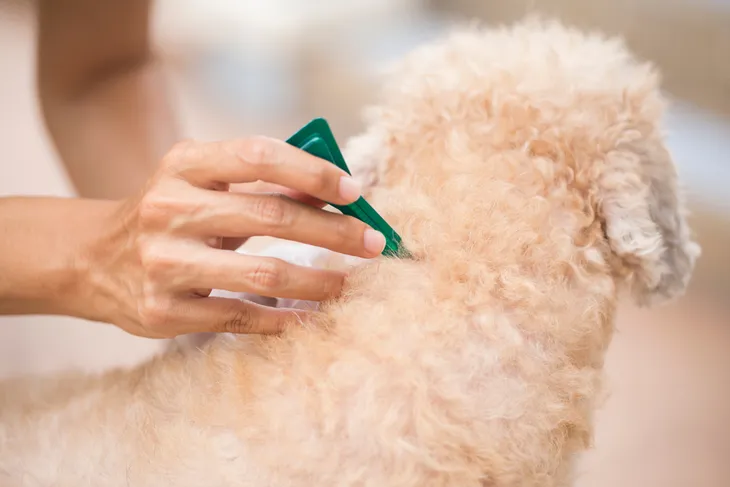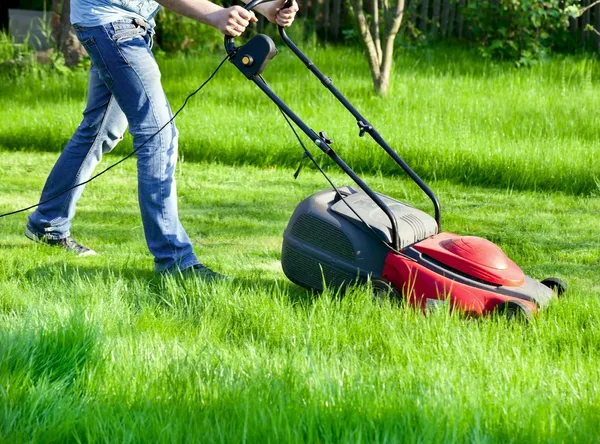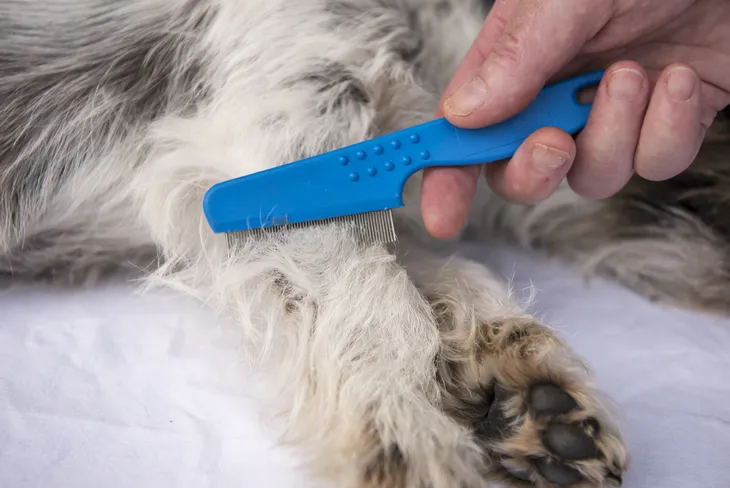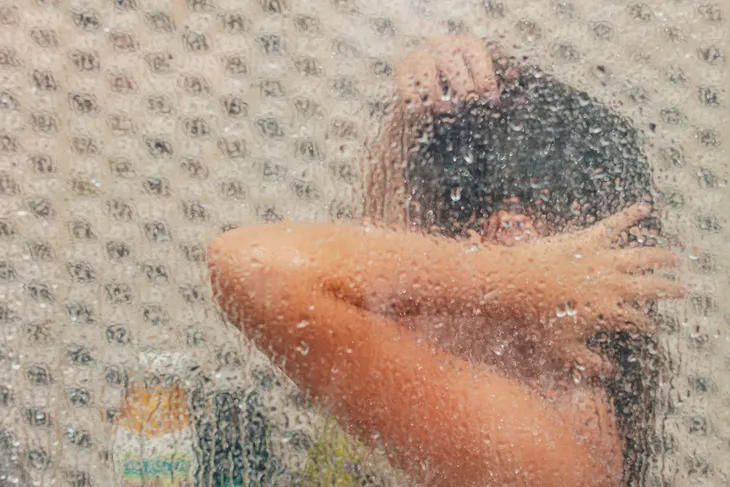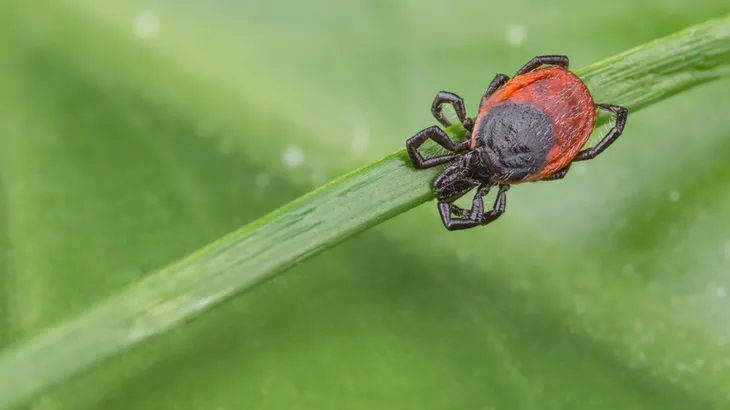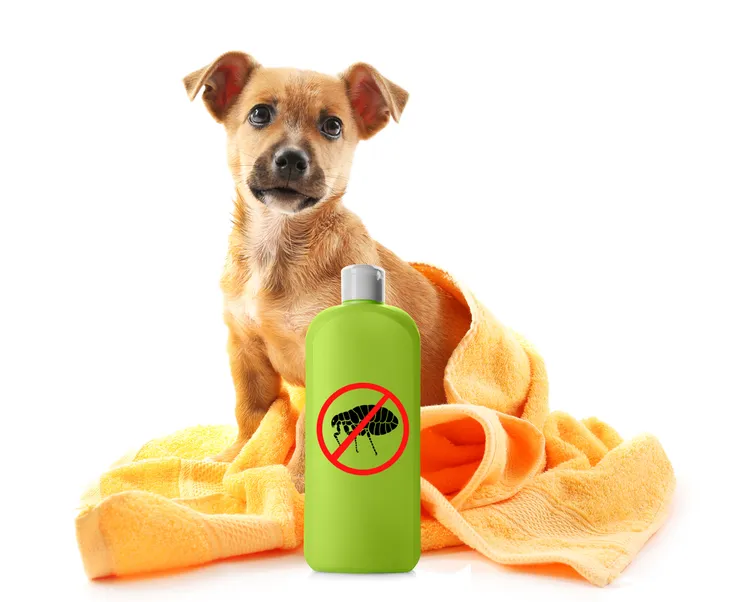When the snow begins to melt and the temperatures start to rise, we know spring is here and summer is just around the corner. While this is an amazing feeling, especially in places where the winters are long and cold, for pet owners, it also means the threat of fleas and ticks are back. Most pet owners (like myself) will do anything to protect their beloved pet. Taking the proper precautions to prevent a flea or tick infestation is important not only for the pet’s health, but ours too! Fleas and ticks can enter our home and wreck havoc, causing an infestation that could last weeks, even months! Therefore it’s important to know how to protect our pets, ourselves and our homes. Here’s a list of some informative flea and tick preventative tips…
1. Use Flea and Tick Prevention Products
Nowadays, there are tons of flea and tick products available on the market, either preventative or treatment. They come in various different forms from a natural spray made with natural oils, to topical ointment, pills, collars, and shampoos. Talk to your veterinarian to find out which product is right for your pet, says American Kennel Club.
Before using a product, make sure it’s not old and expired. If you’re someone who only uses these preventative products during the warmer months, always check to make sure they aren’t old. Expired products will lose their effectiveness. Vet Street also recommends checking with your vet on a regular basis to see what new products are available to ensure you’re pet is getting the best possible treatment.
Another important step is to read the label! Never apply flea medication made for cats to dogs and vice versa. It should say on the label who and what it’s intended for.
2. Keep Grass Cut Short
Fleas and ticks are generally found in high grassy areas. While we can’t prevent this danger from existing along trails and paths, we can prevent it from growing in our own backyard! Keeping a well manicured and maintained yard is extremely important if you’re a pet owner. The best way to prevent long, high grass is to mow your lawn regularly. WebMD also suggests keeping any shrubs trimmed. For most of us, these simple habits are things we would have done anyway because we want our yard looking nice and clean, so preventing fleas and ticks are just an added bonus! “This simple landscaping move is the opposite of curb appeal to fleas and ticks, because they have less place to hide,” writes the source.
They also like warm, moist and shady areas with organic debris, says Vet Street, which means you’ll want to also stay on top of raking leaves, brush and clippings so they can’t hide in them and breed.
3. Prevent Wildlife From Entering Backyard
While most of us enjoy watching wildlife from a comfortable distance, we don’t like sharing our space with animals like racoons, deer, possums, etc. And there’s good reason for that! These animals can do a lot of damage to our yard and home, plus they come with friends — fleas! If you’re a pet owner, you should discourage wild animals from coming into your yard where your dog/cat frequents. According to WebMD, the worst offenders for bringing in fleas are feral cats, racoons and opossums. The source advises not leaving any dog or cat food outside, “trim back any trees and high shrubs that could let wild animals crawl into your attic. Seal off any openings to crawl spaces, garages, sheds, or under decks, where wild animals or stray dogs or cats could nest.”
When planting shrubs and trees, keep them away from the house and one another. “Any time you have air movement and sunlight it will kill flea larvae,” says Michael K. Rust, PhD, a professor of entomology at the University of California to WebMD.
4. Keep House Clean and Tidy
If your home becomes infested with either fleas or ticks, it doesn’t mean your house is “dirty,” but an unkept home that isn’t tidy makes it harder for you to pay attention to certain areas. Cleaning a home makes for an unwelcome environment for pests. WebMD advises pet owners to vacuum at least once a week (even more, if necessary) because “the tree stages of immature fleas (flea eggs, larvae, and pupae) often live in carpeting or throw rugs.”
Keep in mind that fleas don’t only inhabit those high traffic areas like the center of the room where you’d normally vacuum the most. In fact, they tend to avoid these areas. When cleaning, pay attention to those often overlooked places like baseboards, under furniture, under cushions, and any place your pet spends lots of time, like their bed and crate. “This can eliminate 30-percent of larvae and 60-percent of flea eggs, according to the AgriLife Extension Service of Texas A&M University,” writes WebMD.
Other ways to take preventative measures in the home are to check the vacuum bag regularly or place a flea collar in the bag to kill any emerging fleas. Soak their toys in hot water on a weekly basis to kill any potential fleas or flea larvae. If your pet rides in the car, you’ll need to clean there regularly, too.
5. Check Dog/Cat Fur Regularly
The best and only way to know if you’re dog has a flea or tick is to look! You should be checking your dog and/or cat’s fur on a regular basis. This doesn’t have to be a big ordeal or take up a lot of your time. Make a habit of doing it while lounging around watching TV or incorporate it into the routine when coming inside after a long walk outdoors. This is especially important if you’ve just spent some time in a grassy, wooded area. (Learn about the signs to look for with this article on Signs That Your Dog May Have Fleas).
When checking their fur, “run a flea comb or brush through your pet’s coat before going inside, reducing the number of pests it carries,” writes WebMD. The source also suggests having any pet with long hair trimmed nice and short during the summer months because that way it’s easier to spot ticks and fleas.
Vet Street notes that the best place to look for fleas and ticks are behind the ears and in the armpits. You should also check any areas where the coat is thin or sparse, like on the belly, inner sides of the hind legs, their feet, including in between their toes, their armpits, on lips, around eyes, ears (and inside ears), near the anus, and under the tail, says American Kennel Club.
6. Check Yourself After Being Outdoors
We will mention this several times throughout this article and that’s because it’s super important! You should get into the habit of checking not only your pet, but also yourself after being outdoors. This is particularly important if you’ve visited a grassy or wooded area, even if it’s just your backyard. The Centers for Disease Control and Prevention (CDC) advises doing a full body, head to toe check using a hand held or full length mirror. The most important areas to look are “under the arms, in and around the ears, inside belly button, back of knees, in and around the hair, between the legs, around the waist,” writes the source.
When checking your body for ticks, you should also check your clothes. Ticks can be carried into the home on a piece of clothing. If they are found, they should be removed immediately. “Tumble dry clothes in a dryer on high heat for 10 minutes to kill ticks on dry clothing after you come indoors. If the clothes are damp, additional time may be needed. If the clothes require washing first, hot water is recommended,” says CDC. Ticks can survive cold and medium temperature water, so hot is necessary.
7. Get Dog Groomed Regularly
Regular grooming sessions (whether it’s with you, or at a professional dog groomer) is important. It’s just another way that you can ensure your pet is being checked for fleas and ticks on a regular basis. Also, if your dog is sporting long, matted hair, it will just make it harder for you to check their fur for fleas and ticks, and essentially prevent you from ever spotting one.
All pet owners should know how to properly remove a flea or tick because if found, they need to be removed immediately. The American Kennel Club advises pet owners to learn the proper method and invest in a fine pair of tweezers for the process.
8. Shower After Being Outdoors
In addition to checking your body and clothes for fleas and ticks, you should shower soon after coming inside. “Showering within two hours of coming indoors has been shown to reduce your risk of getting Lyme disease and may be effective in reducing the risk of other tick-borne diseases,” writes CDC. “Showering may help wash off unattached ticks and it is a good opportunity to do a tick check.”
9. Treat Cats and Dogs Year-Round
Most people only treat their dogs and cats for ticks and fleas during the warmer spring and summer months, but in reality, the only way to guarantee your pet will be fully protected at all times is to treat them all year round. Fleas and ticks tend to thrive in the warmer months when the temperature is between 65 and 80 degrees, but they can also survive indoors during the winter months, warns Vet Street. This is why some veterinarians advise treating your pet all year round. If you choose to do this, you’ll want to check with your vet for the proper instructions and best product to use.
10. Get Regular Check Ups
Similar to keeping up with regular grooming, you should be maintaining routine check ups at the vet so that your pet can be examined for any potential parasite problems and to ensure your preventative products are working properly. If you ever have a question about one of the products that you’re using, call and ask.
11. Know Where to Expect Them
The best and first step for preventing fleas and ticks is to be informed. Know where to expect fleas and ticks. The CDC reminds people that ticks tend to live in grassy, brushy, or wooded areas. They can also live on wild animals. “Spending time outside walking your dog, camping, gardening, or hunting could bring you in close contact with ticks,” writes CDC. “Many people get ticks in their own yard or neighborhood.”
You should also treat any outdoor clothing and gear with productions containing permethrin and use environmental protecting agency (EPA)-registered insect repellents that contain DEET, picaridin, IR3535, Oil of Lemon Eucalyptus (OLE), para-menthane-diol (PMD), or 2-undercanone.
12. Treat an Infestation Immediately
Vet Street warns that deer ticks in particular need to be found and treated as soon as possible because if they’re attached for even just 24 hours, that’s enough time for them to transmit the pathogen that causes Lyme disease. Don’t fret, not every tick carries this pathogen, but the potential is there, so you need to act fast. The source also notes that any pet who has been bitten should be taken to a veterinarian, even if the tick has been removed quickly. You should also monitor their behavior for any changes, for example lethargy, limping, or loss of appetite.
When it comes to treating the home, infestations are quite rare, but they can happen. If this does happen, you need to take action immediately. “First, vacuum your carpets thoroughly. After vacuuming, dispose of the bag immediately because eggs and larvae will continue to develop in the bag,” writes WebMD. “Next, shampoo or steam clean the carpet to remove additional fleas and larvae. If you choose to use an insecticide in your home, cleaning the carpets first allows the product to go deeper into the carpet.” Mike Merchant, PhD, a professor and extension urban entomologist at the Texas A&M AgriLife Extension Service told WebMD to use diatomaceous earth (DE) to dry out the fleas. Sprinkle it under furniture cushions, along baseboards, in pet beds and into the cracks of hardwood floors. You could also use IGR which is a flea sterile that kills larvae.
The American Kennel Club notes that if the infestation is extensive, you can use what’s called a “fogger.” In this situation, people and dogs must be evacuated for 12 to 24 hours. You can also call a professional exterminator, if necessary.

